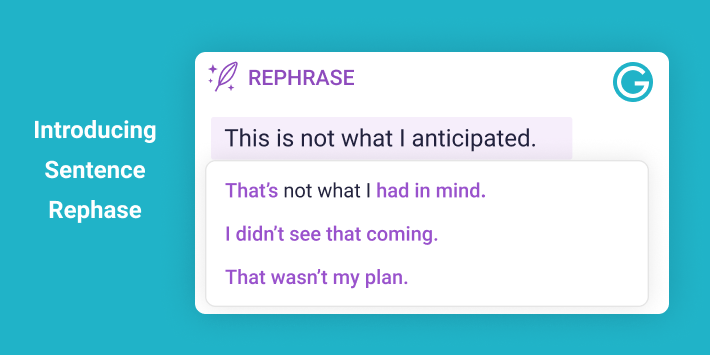Compound Sentence Definition
A compound sentence is a sentence that has two or more independent clauses that express related ideas. To make a compound sentence, the two independent clauses are usually connected using a semicolon or a coordinating conjunction (words like
for, and, but, yet, so, nor, or).
Compound Sentence Examples
Let’s look at an example of a compound sentence and break down its elements:
- Bill went to New York City, but David travelled to Philadelphia.
As you can see, the sentence is composed of two independent clauses “Bill went to New York City” and “David travelled to Philadelphia”, which are connected by the coordinating conjunction “but”.
Some more compound sentence examples:
- We are tired, yet it’s too early to go to bed.
- I think you would be happy here, but you would be happy at home, too.
- Dad is cranky this morning; he hasn’t had his coffee yet.
- The lieutenant stood silently, for he was ever prepared for battle.
- Jenny is very adept at science, and she will go to a top university to study biology.
- You can take that scone with the blueberries, or you can have the one over there.
- My knees are stiff; old age is catching up with me.

Compound Sentences with Coordinating Conjunctions
The use of a coordinating conjunction is one of the main ways to link the independent clauses of a compound sentence. There are seven coordinating conjunctions, which can be remembered by the mnemonic FANBOYS –
for, and, nor, but,
or, yet and
so.
Coordinating conjunctions play an important role in a compound sentence because they link the two independent clauses and help writing flow better. Consider these examples:
- They are frightened. They have resolved to continue their journey.
Taking those two sentences and using the coordinating conjunction
yet to form a compound sentence helps the reader better understand the meaning of the two clauses and the relationship between them, not to mention helping the sentence flow a bit more smoothly.
- They are frightened, yet they have resolved to continue their journey.
But could also be used to connect the two clauses, help the reader and create a smoother sentence.
- They are frightened, but they have resolved to continue their journey.
Compound Sentences with a Semicolon
Like a coordinating conjunction, a semicolon is used to link two independent clauses that are related. The use of semicolons is often debated as a matter of style in literature and journalism but using them correctly can make your writing look more accomplished and elegant.
Look at this example:
- My dog Snickers is beautiful; he has gorgeous eyes and looks like he is always smiling.
Subtly, the semicolon does a lot of work in this sentence. Without stating it overtly, the semicolon tells the reader that there is a link between the dog’s beauty and the parts of its face being described in the second clause. We could rewrite the sentence this way:
- My dog Snickers is beautiful, and he has gorgeous eyes and looks like he is always smiling.
The second example is a perfectly viable compound sentence, and it has almost the same meaning as the first. Yet, one would argue that the semicolon in the first example does a better job of linking the clauses together and creating a smoother flow. It’s like saying the gorgeous eyes and smiling face are part of the dog’s beauty, whereas those qualities in the second example may or may not be the reason the dog is considered beautiful.
Compound Sentences in Quotes
Here are some examples of famous quotes that are also compound sentences:
“I fear not the man who has practiced 10,000 kicks once, but I fear the man who has practiced one kick 10,000 times.” Bruce Lee
“
God gave us the gift of life; it is up to us to give ourselves the gift of living well.” Voltaire
“
My life didn’t please me, so I created my life.” Coco Chanel
“
Never will the world know all it owes to them, nor all they have suffered to enrich us.” Marcel Proust
"I give myself very good advice, but I very seldom follow it." Alice (Walt Disney’s
Alice in Wonderland)
Compound vs. Complex Sentences
You should not confuse a compound sentence with a complex sentence. The former is composed of two independent clauses, i.e. a clause that could be a complete sentence on its own, and the latter is composed of an independent clause and dependent clause.
- Because he was running fast, he was panting hard.
The above is an example of a complex sentence. We can tell the difference between a complex sentence and a compound sentence because the complex sentence has a dependent clause. A dependent clause – in this case, “because he was running fast” – is not a complete thought, i.e. the phrase does not make sense as a complete sentence on its own and needs additional information.
We could rewrite the sentence to make it a compound sentence:
- He was running fast, and he was panting hard.
“He was running fast” and “he was panting hard” are both independent clauses, i.e. they make sense on their own. Therefore, the compound sentence is created by linking the two clauses together using the coordinating conjunction “and”.
Some more examples of complex vs compound sentences:
- She sent back the meal after she noticed it was cold. (complex sentence)
- She sent back the meal, for she realized she wasn’t hungry now. (compound sentence)
- Although Jim was successful in business, he was still lonely. (complex)
- Jim was successful in business, but he was still lonely. (compound)
- I will either succeed or fail; these are the only two options for me. (compound)
- Whether I succeed or fail, I will give it my best shot. (complex)


